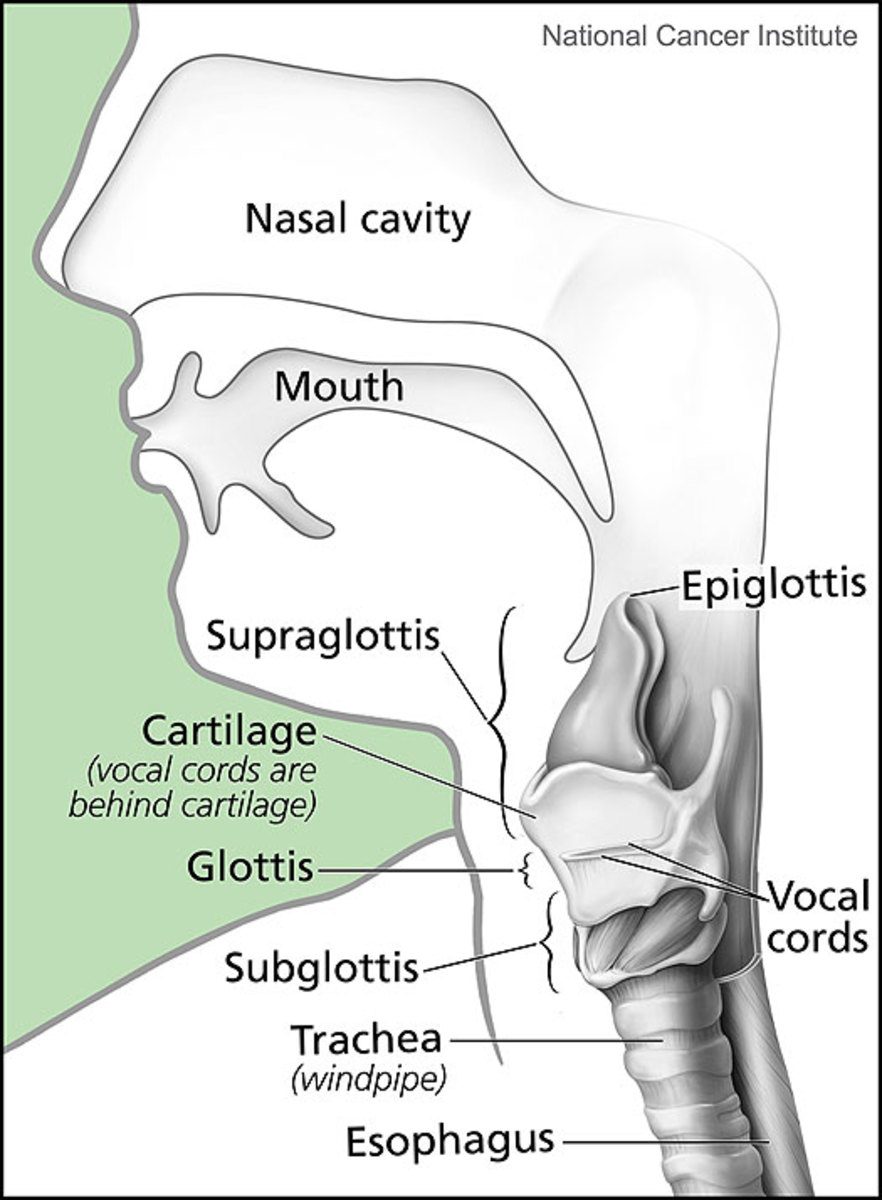You Have Bladder Neck Dyssynergia, But What Exactly Is It?
Symptoms And Treatment Of Bladder Neck Dyssynergia
Elderly men with reduced urine stream are often diagnosed to have “Benign Prostatic Hyperplasia”. You are somewhat younger. Your symptoms are similar in that you have a slow stream and you don’t feel you that you have emptied your bladder completely during voiding. Are you, or is your prostate, aging too soon? After initial tests, your doctor diagnosed “Bladder Neck Dyssynergia”. Here is more information on the condition.
The condition is also known as “Bladder Neck Dysfunction”. It is often found in young and middle aged men but women are not immune. It is associated with an incomplete opening of the bladder neck during voiding (rather than having the urethra squashed by the prostate, as in “Benign Prostatic Hyperplasia”). The prostate is usually normal in size and consistency to the examining doctor when examined rectally. Uroflow graphs, obtained by getting patients to void with a fully distended bladder into a flow measuring instrument, often demonstrate flat reduced flow rates. The diagnosis is often established by voiding cystogram (a special X ray) or cystoscopy (endoscopy of the bladder and urethra).
Drug treatment with an alpha receptor blocker is often tried first. Side effects are infrequent but include impotence and lethargy. Surgical treatment with cystoscopic incision of the bladder neck is definitive, but is often not advisable in young patients who may wish to remain fertile, as the incidence of retrograde or absent ejaculation may occur in 15% to 50% of patients.
Dr Benson Yeung's related hubs:
What You Must Know About Saw Palmetto as a Herbal Treatment for Prostate Disease









